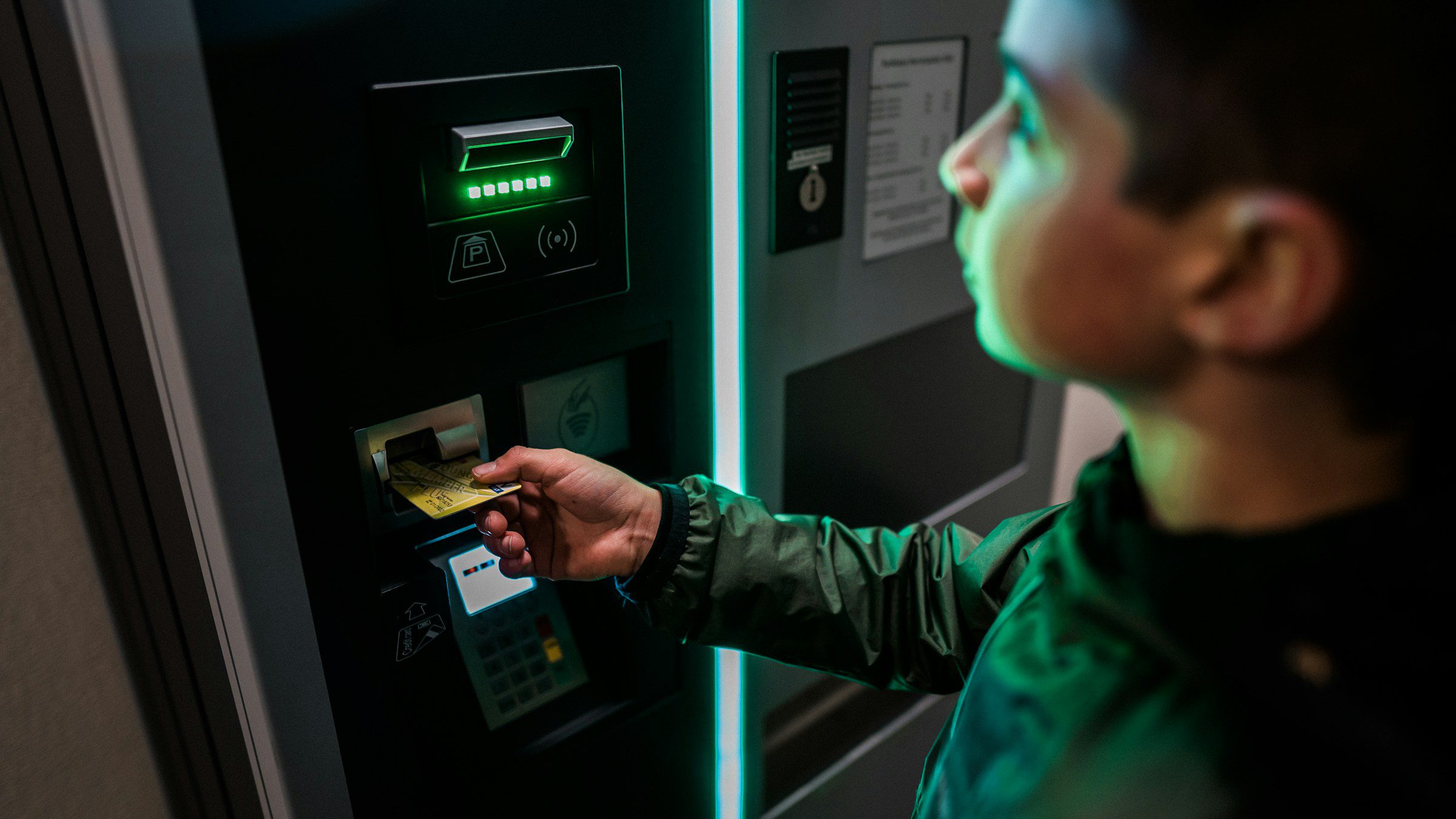
Wire transfers offer a reliable and simple way to send money to friends, family, employees, or businesses abroad. As an electronic method, a wire transfer moves funds directly from one person or business to another, making it a popular choice for secure international payments in today’s global economy.
This article will explain everything you need to know, from the required information for a wire transfer to common errors, tips for avoiding scams, and ways to save money.
Important Information for Wire Transfers
The information required for a wire transfer depends on the type of transfer.
Identify the Type of Wire Transfer
Wire transfers are either domestic or international.
- Domestic wire transfers occur within the same country, such as for real estate down payments, car purchases, or vendor payments.
- International wire transfers involve moving funds between countries, commonly for cross-border business or sending money to family abroad.
Information Needed for Domestic Wire Transfers
The specific details depend on whether the transfer is domestic or international. For a domestic wire, you’ll typically need:
- Recipient’s full name, address, and phone number
- Recipient’s bank name, account number, and routing number
- Transfer amount
- Transfer purpose (optional)
- Your full name, address, and phone number
Information Needed for International Wire Transfers
When sending an international wire, you’ll need the same information required for domestic transfers, plus:
- SWIFT/BIC code: A unique identifier for the recipient’s bank (8-11 characters)
- IBAN number: An international bank account number (up to 34 characters)
The SWIFT code directs the transfer to the correct bank, while the IBAN ensures it reaches the correct account.
Preparing for a Wire Transfer
Before starting a wire transfer, it’s essential to gather key details.
Collect the Necessary Information
Here’s a checklist of what you’ll need:
- Recipient details: Make sure you have accurate information like the recipient’s name, address, and bank details.
- Verify fees and limits: Be aware of any fees and transfer limits, which may differ depending on your bank or money transfer service.
- Select a transfer method: Consider factors like speed, cost, and convenience when choosing how to send the wire.
- Check available funds: Ensure you have enough to cover both the transfer amount and any fees.
Confirm Before Sending
Errors in the wire transfer process can lead to delays or even loss of funds. To avoid this:
- Review the recipient’s details: Double-check all information, including name, address, and bank details.
- Contact the recipient’s bank: Especially for first-time transfers, confirming details directly with the bank is wise.
- Get written confirmation: This provides a record of your efforts to ensure accuracy.
By following these steps, you can minimise the risk of delays or errors.
Mistakes to Avoid in Wire Transfers
Wire transfers are not reversible, so it’s crucial to get everything right before completing the transaction. Here are some frequent errors to watch for:
- Incorrect account details: Double-check all numbers and codes for accuracy.
- Misspelt recipient name: Verify the spelling to avoid complications.
- Overlooking exchange rates: Understand how currency fluctuations affect the final amount, especially for international transfers.
- Miscalculating delivery times: Account for processing times, particularly with international transfers.
- Ignoring fees: Be mindful of both domestic and international wire transfer fees to prevent unexpected costs.
Protect Your Information
To safeguard your personal data:
- Use secure access: Stick to trusted online banking portals or mobile apps.
- Avoid public Wi-Fi: Refrain from accessing your bank account on unsecured networks.
- Monitor your accounts: Regularly check your bank accounts for suspicious activity.
Additionally, consider enhancing security measures for your accounts and securing your home networks.
Recognise and Avoid Scams
Wire transfer scams come in different forms, with these being the most common:
- Romance scams: Scammers deceive victims through fake relationships to send money.
- Advance-fee scams: Promises of large sums in return for upfront payments.
- Fake buyer scams: Fraudulent buyers overpay and request wire transfers.
- Family emergency scams: Scammers impersonate family members in urgent need of money.
- Real estate scams: Fraudsters pose as landlords or agents and ask for payments on non-existent properties.
To avoid these scams:
- Be cautious of red flags: Look out for last-minute changes, urgent requests, or suspicious grammar and spelling.
- Verify requests: Never send money based on unexpected or unverified requests.
- Take your time: Always confirm the legitimacy of the request before acting.
- Seek help: Reach out to your bank or the Federal Trade Commission if you suspect fraudulent activity.
DISCLAIMER: This article is for informational purposes only and only constitutes general financial advice. 2 Ezi has no relationships with any company or organisation mentioned in the article.

